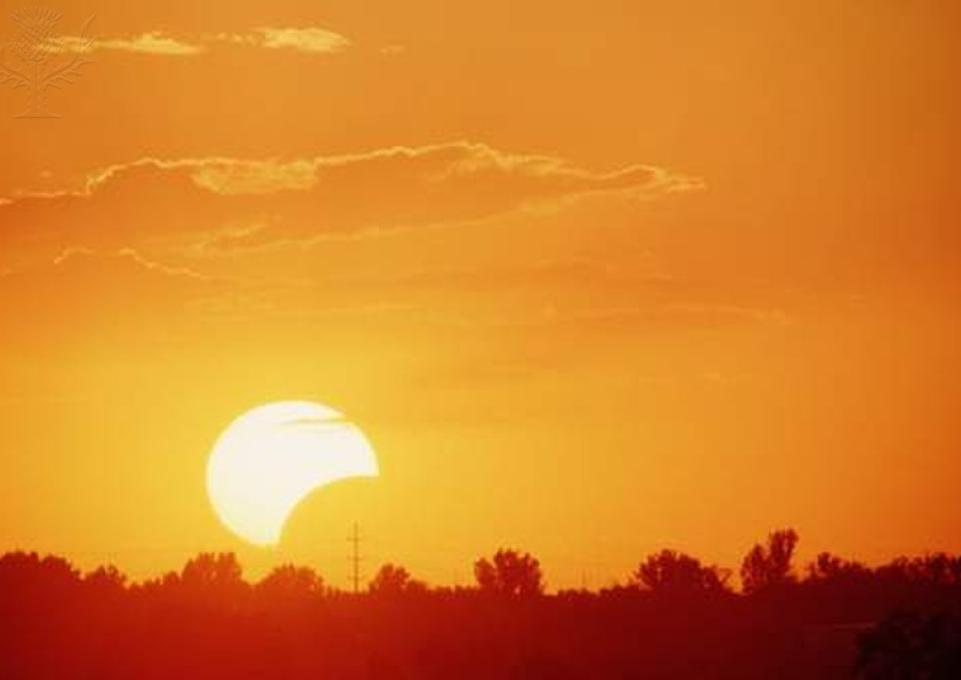
If Kevin Williams, planetary geologist and associate professor of earth sciences and science education has his way, two upcoming eclipses will give him yet another way to share his love of all things celestial with anyone who has ever gazed at the heavens in wonder. Each of the two eclipses—a total lunar eclipse on October 8 and a partial solar eclipse on October 23—will be unusual because each one will occur while the orb is setting.
 The second half of the lunar eclipse will happen as the moon sets, and the solar eclipse will take place as the sun sets. “So we will be able to enjoy both the beauty of a sunset and the beauty of an eclipse,” said Williams.
The second half of the lunar eclipse will happen as the moon sets, and the solar eclipse will take place as the sun sets. “So we will be able to enjoy both the beauty of a sunset and the beauty of an eclipse,” said Williams.
Williams’s interest in space has taken him not only into scientific research but also into the arts. “It makes a lot of sense” he said. “There is more crossover between astronomy and the arts than most people realize, and it goes both ways. Students studying science were intrigued by the art they discovered when I collaborated with the Burchfield Penney Art Center on the exhibit Oh My Heavens.” That exhibit explored the scientific accuracies of some of Charles Burchfield’s celestial studies. Williams also collaborated with the Buffalo Philharmonic Orchestra on a performance of Gustav Holst’s work the Planets Op. 32.
As director of the Whitworth Ferguson Planetarium, Williams is one of three planetarium directors in Western New York who collaborate on public programs during celestial events like October’s eclipses. Each planetarium will present “Month of Shadows: October 2014” to introduce the public to the upcoming eclipses and to review safety precautions necessary when viewing a solar eclipse.
The Whitworth Ferguson Planetarium staff will present this program in the Science Building 272, on Thursday, October 2, at 7:00 p.m. “It will be a presentation this time,” said Williams, “because our temporary planetarium won’t be open until November.” The college’s new planetarium will be part of the Science and Math Complex, presently under construction.
When he isn’t running a planetarium, collaborating with an arts organization, or teaching his students or the public, Williams is pursuing his own scientific research. “Right now,” he said, “I’m using images coming back from the satellites orbiting Mars to figure out the history of Mars’s geology.” Williams is studying an area called Margaritifer Terra, and it appears that interactions between volcanoes and water/ice caused very explosive eruptions more than three billion years ago.
“I have this deep fascination with new discoveries in space,” Williams said, “and I love sharing these astonishing things with the public.”
